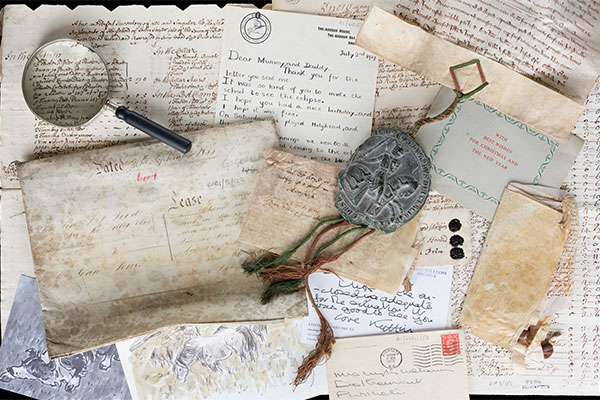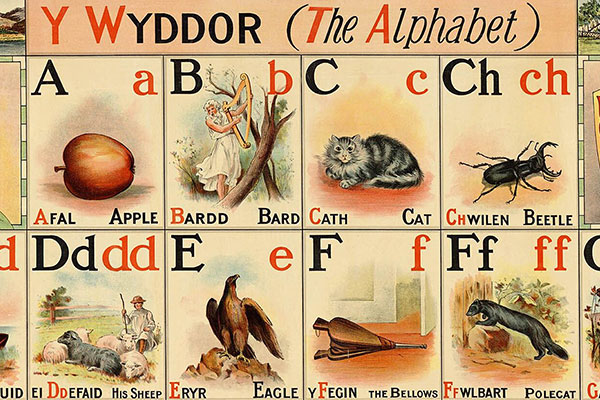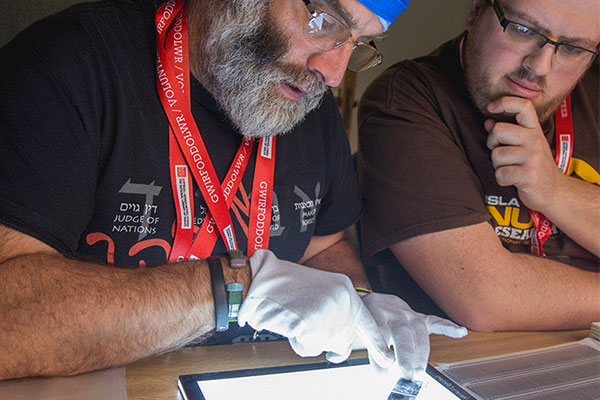The Manuscript
John Harries’ holograph book of incantations (NLW MS 11117B) was donated to the Library in 1935 as part of a larger collection of manuscripts and papers (NLW MSS 11701-11718) from the library of John and Henry Harries. It shows how the ‘cunning man’ could cause benign spirits to appear, listing the attributes of each spirit, with diagrams that represent the named spirit to be conjured, astrological signs and calculations, bills and leaves from ledgers, 1814-31, a printed final notice used by him in calling in accounts, Prophetic Almanack, 1825, etc. The volume also contains memoranda and calculations, 1849-56, and the bidding letter of Rees Evans of Bwlchyrhyw and Anne Thomas of Esgereithry, Caio, Carmarthenshire, 1859. NLW MS 11117B is not the large book of spells described by the contemporary observers, but Lisa Tallis suggests that as the manuscript has been re-bound, it may not resemble the original. Textual comparison demonstrates that the first 22 pages are direct copies of the 17th century grimoires Goetia and Theurgia-Goetia from Wellcome 3203, transcribed by Henry Dawson Lea in 1843. This shows that the material was copied by Henry Harries after the death of John Harries.




